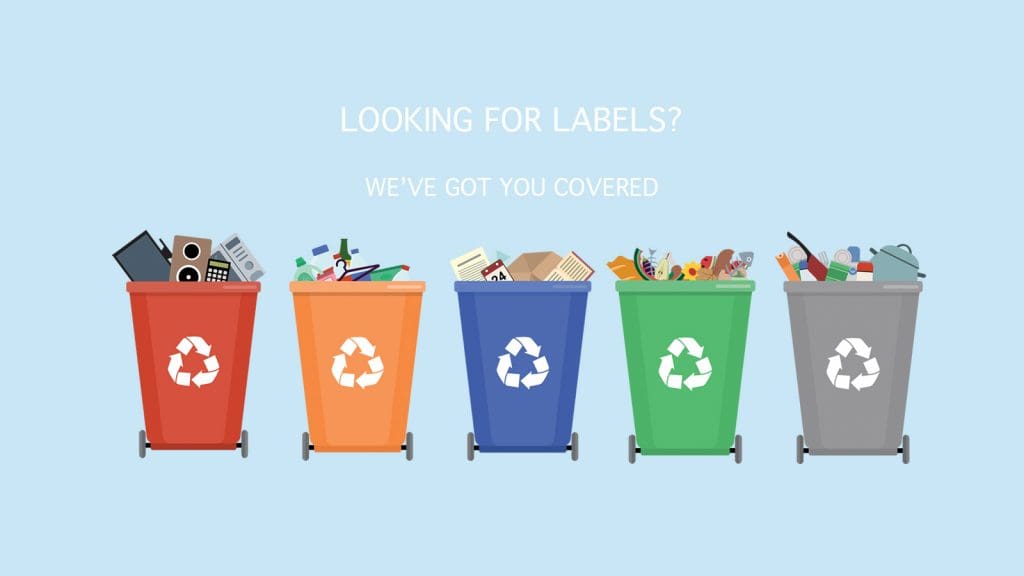Have you ever been unsure which can to put your trash in? You’re not alone. Keeping up with garbage sorting guidelines can be challenging, especially since rules vary depending on where you live. The first step is to understand what recycling means. It’s pretty simple, recycling is the action or process of converting waste into reusable material. Recycling diverts waste from landfills, conserves resources, saves energy, feeds a green economy, and contributes to healthier communities. It’s one of the best ways we can make a positive impact on the environment.
PLASTIC RECYCLING FACTS
100,000 marine animals are killed each year as a result of plastic bag pollution
Enough plastic is thrown away each year to circle the Earth 4 times
Waste disposal rules are different everywhere, but some of the most common sorting categories are Plastic, Glass, Paper, Metal, Organics, E-waste, and Garbage. If you’re not sure how your community sorts garbage, it’s best to check with your local waste collection facility or someone in your neighbourhood. Websites, social media accounts, and even phone applications are available in some locations to help make the process easier.
PAPER RECYCLING FACTS
21 trees can be saved for every tonne of recycled paper
Cardboard boxes can contain up to 100% recycled fibres
Now that you know which categories to use, it’s time to start sorting. Creating a recycling station in your home or at the workplace with appropriate bins will help the practice become part of your daily routine. Labelling the cans will help give you and others a visual reminder while disposing waste.
METAL RECYCLING FACTS
Aluminum is a durable and sustainable metal, 2/3's of the aluminum ever produced is still in use today
A used aluminum can can be recycled and back on the shelf in as little as 60 days
When recycling it’s important to avoid contamination. Contamination occurs when non-recyclable material or garbage ends up in the recycling system. This can be as simple as leftover peanut butter in a jar, or yogurt stuck to the bottom of the container. This issue costs Canadians millions of dollars each year, but there’s good news- you can help! Emptying and rinsing recyclables before throwing them away can drastically help minimize the effects of contamination.
REMEMBER: REDUCE, REUSE, RECYCLE
Reuse canvas, paper, and plastic bags
Choose recycled products
Three easy things you can do right now…
Sometimes just the thought of implementing a recycling program is so overwhelming and confusing that it’s easier to do nothing. But we are here to tell you it really isn’t that hard – all it takes is making the commitment and starting. Here’s how:
- Invest in 2-3 new garbage bins.
- Set up a sorting station in your home or workplace. Don’t overthink it. Start small with two bins, one for plastic and one for paper.
- Label your bins using our free, printable labels.
Before long you’ll be a recycling pro, and you’ll be happy to see how much of your waste can be diverted from the landfill.
Already a recycling expert?
Share this with your friends to help them become better garbage sorters.

